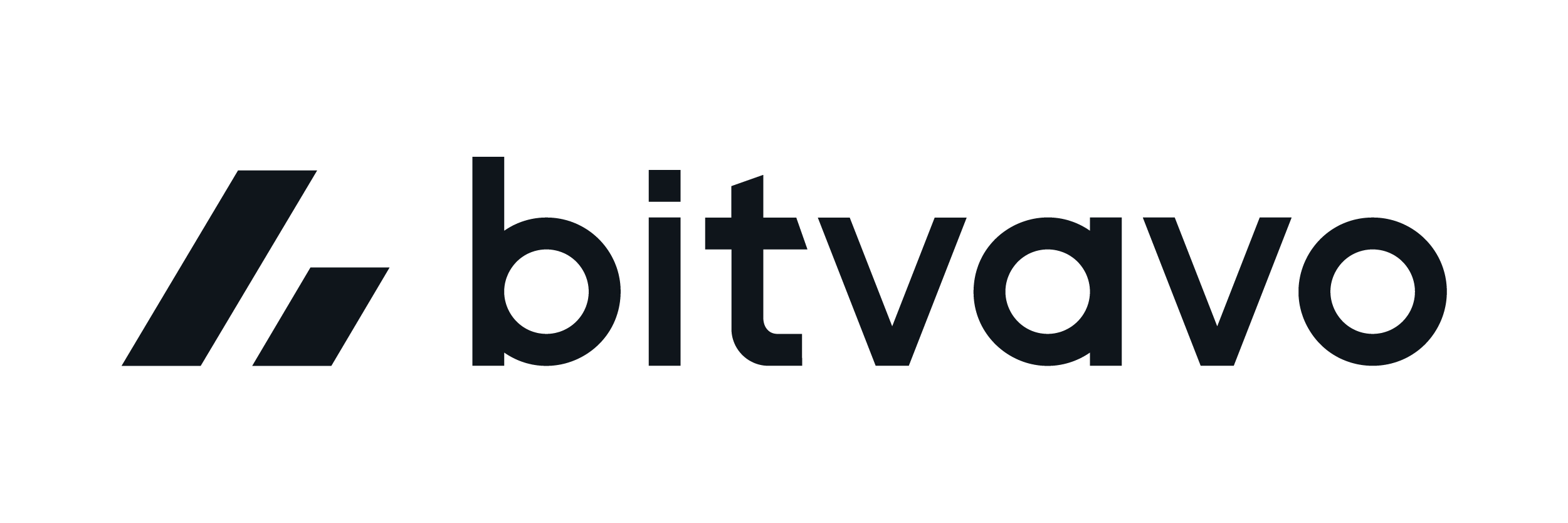Welcome to this post, where we are going to see how Aave, DEFI’s leading lending & borrowing protocol, which started on the ethereum network, works.
Aave is one of the leading platforms on DEFI, with the largest LTV or total value locked on its platform, with over 15 billion (US) dollars on its platform. Being the leading for lending & borrowing in DEFI.
Before going into more detail, mention that it is possible that at the time you are reading this, there may be some changes as % annual mentioned or new features, so I recommend you to enter the official website at the end of the article.
What is AAVE

Aave is a decentralized, non-custodial liquidity protocol in which users can participate as depositors or borrowers. Depositors provide liquidity to the market for passive income (annual %), while borrowers can borrow on an overcollateralized (in perpetuity) or undercollateralized (liquidity in a block) basis.
It is a lending protocol, which eliminates the intermediary as a bank, and users can let borrow their cryptocurrencies in exchange for an annual %, and borrow by paying an interest for it, and placing collateral or cryptocurrencies as collateral. Thanks to expanding to other networks, it has allowed access to new users, and collaboration with some networks, such as Avalanche, where they have incentivized users to use Aave on Avalanche by offering better rewards, which is known as Avalanche Rush.
Where you get rewards for both depositing and borrowing on the native token, AVAX. It is a way to introduce new users to your network, and Aave being one of the leading platforms and having a lot of security, allows new networks to offer this kind of incentives.
Networks
It was one of the first Lending & Borrowing protocols launched in the Ethereum network, if main network and where we can find more options to deposit and borrow. But currently it is already available on two other networks, Avalanche and Polygon.
Which has allowed users with less capital to use Aave, thanks to the low commissions that these networks have. Although there is less variety for depositing and borrowing cryptocurrencies in these new protocols, there are the main and most used ones in each of them.
We will not focus on any network, since the operation is the same in all of them, so the operation that we will now see, does not vary in each network. The only thing you will find are other cryptocurrencies and other parameters in aspects such as annual %, or the maximum LTV.
Mention, that if you want to use Aave in the ethereum network, with a capital of less than 5,000-10,000$, I recommend you to use another network like Avalanche or Polygon. Since the ethereum network has very high commissions (gas fee), where to deposit or borrow, you can be paying 300-500$. As you can see, with these fees, if you do not have a large capital, you will lose more in fees than you can earn.
Markets
The main tab in Aave is Markets. Here, under total market size you can see the amount of LTV or total locked value in that Aave network. And on the right side switch between Aave V2, Aave Polygon and Aave Avalanche.
If we scroll down, we can see the cryptocurrencies we can deposit and borrow. Depending on each network they will be different, being in ethereum where you will find more variety. On the right we have the amount of $ there is in each cryptocurrency deposited, and if we follow the amount that is borrowed. Further to the right, the annual % for depositing that cryptocurrency in Aave and in borrow, the cost for borrowing that cryptocurrency.
Also, in networks such as polygon or avalanche, you will see below the %, both in deposit and borrow an APR with the symbol of the network, this is the incentive that we have discussed above. Where you will be paid the percentage you see extra, whether you deposit or borrow. Which makes borrowing cheaper, since they are paying you for it.
Both to earn an annual % for depositing and borrowing, you will first have to deposit funds, and that is what we are going to see now.
Deposit
We go to the top menu, to the deposit part. For this example, we will use the Matic token and the polygon network as an example, but the operation is the same for any cryptocurrency in each network.
In deposit, we click on the cryptocurrency we want to deposit, in my case Matic. In amount, we can indicate the amount we want to place, and if you want to place it all, you can click on max. Remember to always leave a part to pay for commissions if it is the native token of the platform.
We indicate the amount, click on continue, deposit, confirm in your wallet and ready, you will have deposited the cryptocurrency in Aave.
There are aspects we should look at, such as the historical APY, which is the annual % we will receive and its evolution, to see what we can expect to earn for depositing. The other important aspect if you want to borrow, is the Maximum TVL and Liquidiation threshold. These two variables are basically the amount you can borrow with this collateral, for example, 50%. If you have placed $1,000 of Matic, you will be able to borrow maximum $500 of any cryptocurrency.
The other variable, is when you are going to be liquidated, if the price of either cryptocurrency varies. Either the one you have deposited will fall in price, or the cryptocurrency you have borrowed will rise sharply in price. Let’s assume that the liquidation threshold is 65%. If you have placed $1,000 of Matic when it was worth $2 each cryptocurrency, and you have borrowed $500 of USDC, if the value of Matic falls, your position will be liquidated and your Matic will be sold in order to pay for your debt. In this case, if Matic is worth 1.5, and therefore your Matic is worth $750, as the $500 you borrowed represents 65%, your position will be liquidated.
The protocol has a penalty for being liquidated, for example 10%, which you can see in liquidation penalty, which means that if you are liquidated you lose that % of the total. Therefore, it is very important to avoid being liquidated under any circumstances.
Borrow
Now that you know how the collateral system works, let’s see how to borrow. To do this, we will go to the borrow tab. If you have already deposited your funds, you will be able to see in each cryptocurrency how much you can borrow, in available to borrow. And in variable APY the % you will have to pay annually to borrow that cryptocurrency.
Click on the cryptocurrency you want, for example, USDC. Now you will see an interface similar to that of deposit, but there are relevant aspects, such as the available to borrow, which is the maximum you can borrow, although it is not recommended, because of the risk of liquidation.
Underneath, you will see a bar, which will indicate how safe or risky the amount you wish to borrow is, in relation to what you have on deposit. Here, indicate the amount you consider appropriate to borrow, always taking into account the risk of being liquidated, and the penalty for it. It already depends on the risk that each one wants to assume the amount and health factor to select.
Click on continue, variable APY, continue, borrow, confirm in your wallet and that’s it. This way, you have already deposited cryptocurrencies, and you have been able to borrow using the collateral you have deposited.
In My dashboard, you will be able to see all your positions, both deposits and loans with useful information, and manage your positions from here. At the top right, you can see the rewards you have generated for depositing funds, and you can at any time click on repay to repay your loan or a part of it. You can also withdraw the money you have deposited.
Stake
Finally, you can also stake your Aave tokens within the Aave platform in stake. Just click on stake, select Aave, enter the amount, click on stake, confirm in your wallet and you’re done. You will already have your staked Aave tokens generating more each day. Although this option is only available on the ethereum network.
Risks
Despite being one of the main platforms in DEFI, there are also risks when using Aave. So let’s see what they are.
One risk that we can find in most platforms, is in a hack or error of the Smart contracts. Even though the platforms are audited, it is always possible, although very unlikely, that there is a bug in your smart contracts, and it affects the platform.
The biggest risk to a market collapse, as has happened on some occasions, where the market generally drops by 50%, your position can be liquidated if you have borrowed. With the penalty that this entails, plus if the market recovers before you can buy or sell what you have from the loan, it can greatly affect your position.
Another risk, is over leverage, or using too much leverage on very volatile cryptocurrencies. If you use the maximum LTV (Loan to Value), it is very likely that if the market has a moment of high volatility, your position will be liquidated, having very little margin between your collateral and the amount you have borrowed.
I hope this has helped you to learn more about how Aave works and how you can use this protocol. Remember, if you don’t have an account with binance, you can create one just below.
Platform: Binance
Min. deposit: $10
License: Cysec
Very low commissions
Exchange with more cryptocurrencies


